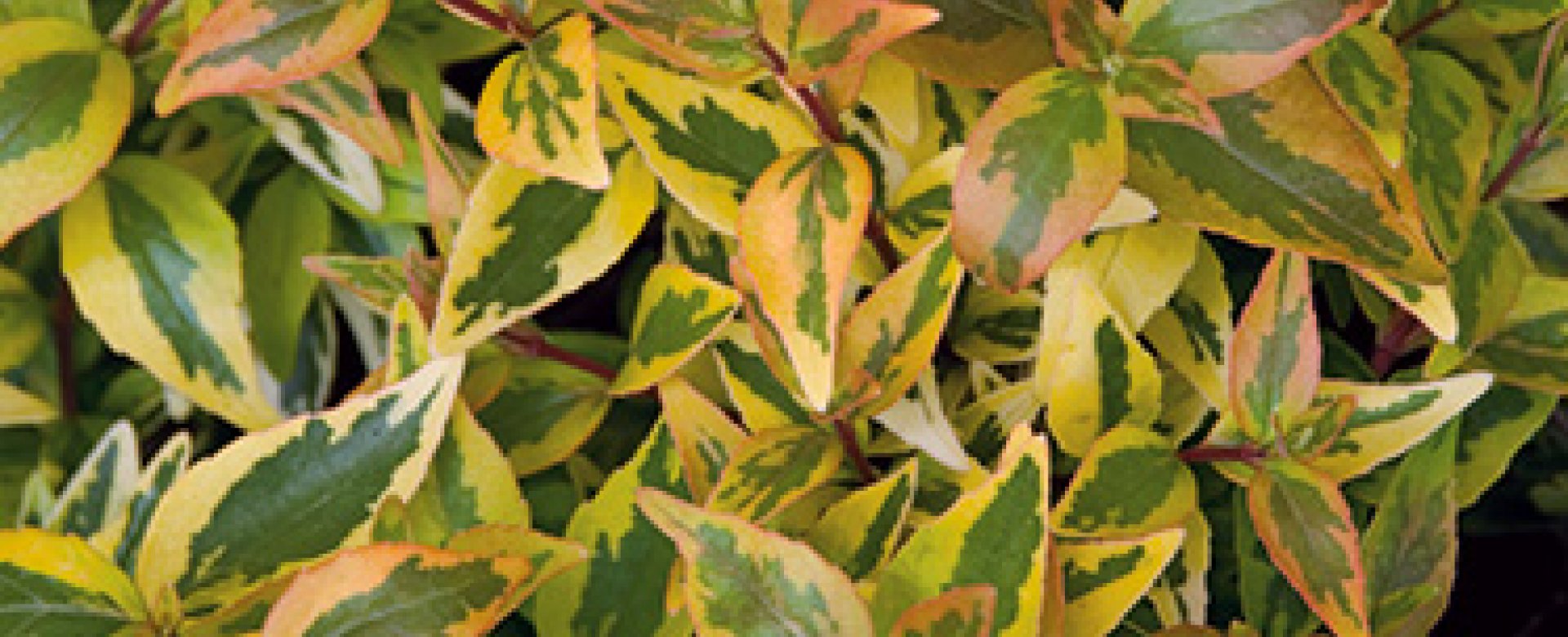
Abelia - A Shrub or a Hedge?

By Kate Copsey

The first abelia I saw was a mass of white blooms reaching over a 5-foot fence. It was so impressive that I stopped the car and knocked on the door to get permission to photograph this wonderful plant. The homeowner didn’t know what is was called but I got my image anyway - Abelia grandiflora
Later that month I was parked in a business complex that had abelia as a hedge. The maintenance crew pruned the hedge regularly and took off any stem that dared to rise above the hedge line. A few little flowers did manage to appear, but they were sparse and insignificant.
Then we moved to a house that had a boxwood hedge and an abelia hedge right next to each other, both neatly trimmed. The first spring, the husband plus hedge trimmer tried to attack the new growth and first flowers on the abelia hedge because it was ‘untidy’. I appealed to him to let it finish flowering, then he could trim it. Of course, it flowers happily all summer on stems rising about 6-12 inches, and the flowers attract numerous beneficial insects and butterflies. Finally, toward the end of the summer the new growth and flowers slowed down and the hedge clipper could trim it back to a neat hedge form.
So, we have come to an agreement regarding this shrub – he can trim in spring and fall plus any stems that rise too high. The rest of the summer it can flower happily.
There are many abelias on the market and the all have a mass of white flowers in summer. They take pruning well to keep them at your preferred height and shape. Plus, they are problem free and rarely attacked by insects or ever deer!
Abelias are hardy from zone 6 through 9 and should be planted in full sun, although southern gardeners can grow it with a shade in the afternoon. Dig a hole to just a little larger than the container, and carefully tip the shrub out. This may take some shaking to loosen the root ball but do not pull from the top as this can break the shrub at the base. When the roots are free, tease them apart with your fingers to loosen them and spread the roots a little around the base. Carefully lower the shrub into the hole and check the depth. The soil surface should be level with the surface of the shrub in the container. If the hole is too deep, backfill some removed soil. If the hole is too shallow or narrow, dig a little more. When the hole is the correct size place the shrub into the hole and fill around it with the removed soil. Water well and add a little more soil if necessary. Mulch and keep moist for the first year particularly in hot, dry spells. Then enjoy your abelia for years to come.
Kate Copsey was born in England, and after several moves around the USA, she now resides in eastern Orangeburg County, SC.
As a writer Kate has written for local, regional and international newspapers as well as a variety of magazines. the Times & She now writes a bi-weekly garden column for the Democrat here in Orangeburg County. She released her first book, in spring 2016, with St Lynn’s Press – The Downsized Veggie Garden. The second book – The New Jersey and New York Month by Month Gardening – was released by Cool Springs Press in fall, 2016.
Kate enjoys giving presentations and her talks range from basic gardening to herbs and vegetables, including growing vegetables in containers and heirloom gardening.




